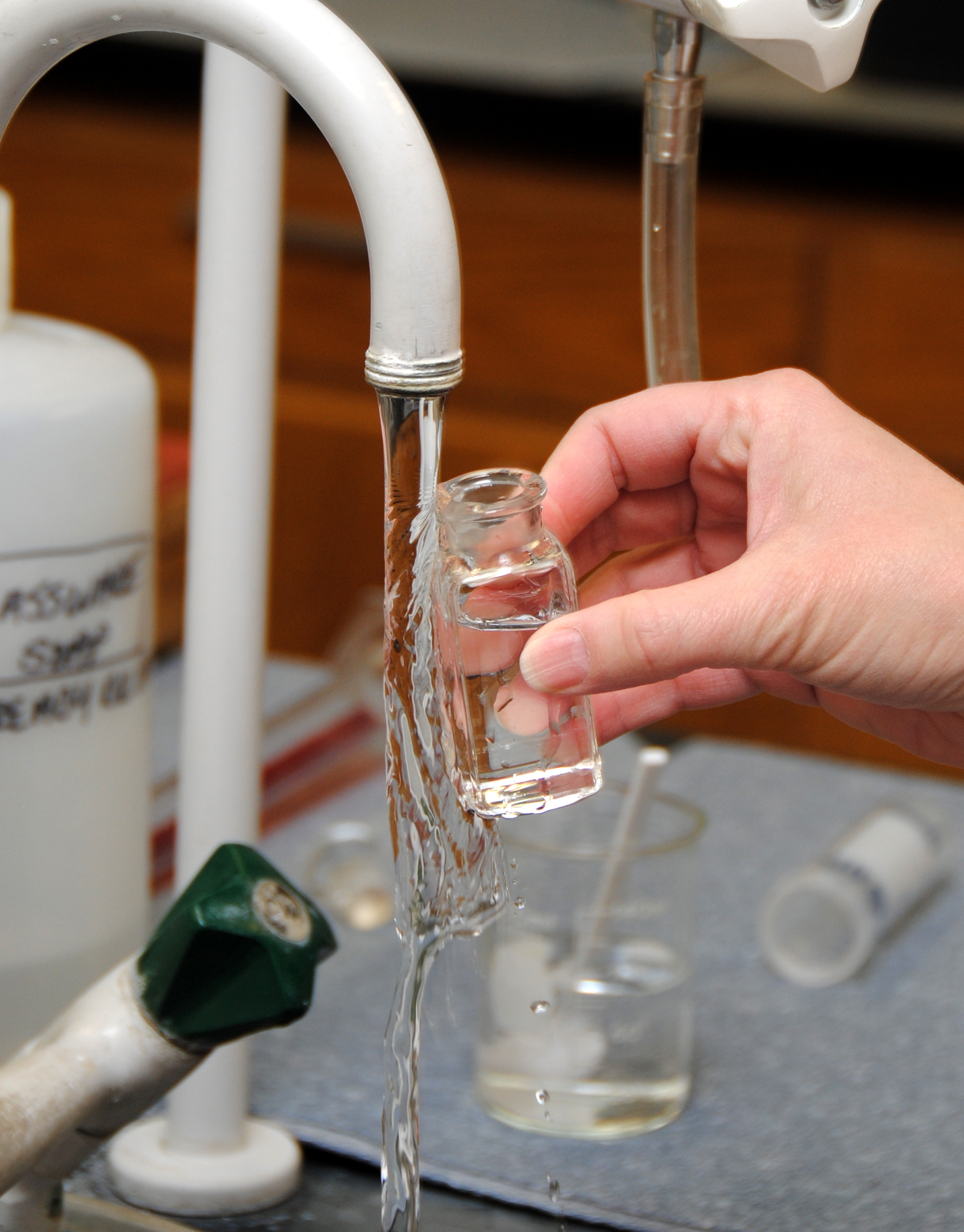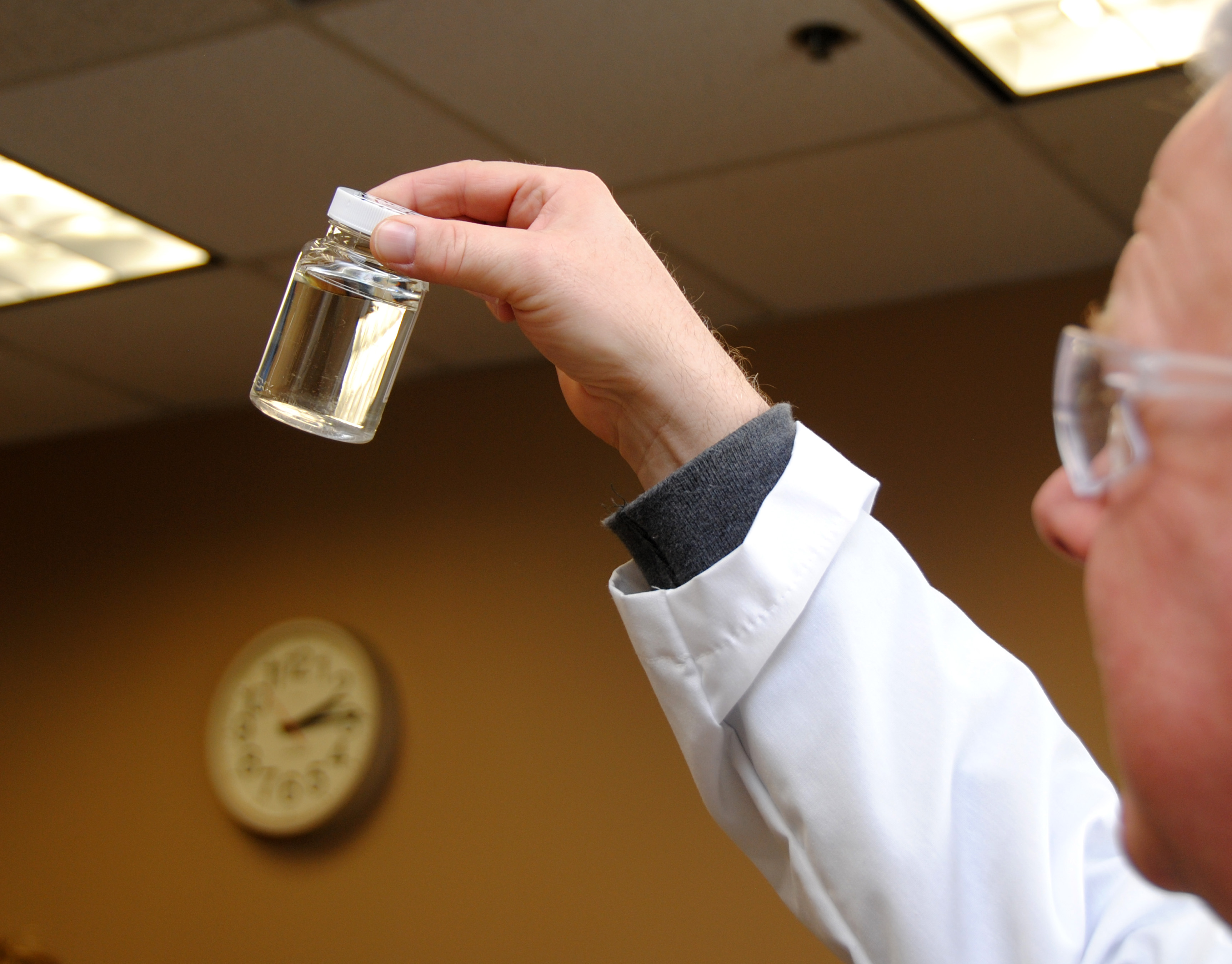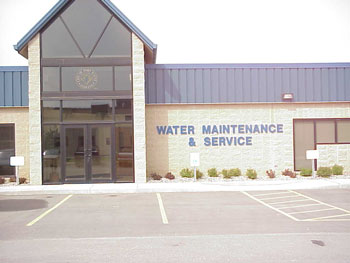Every customer deserves safe, great tasting drinking water and expects it to be there every time they turn on the tap. City Utilities' goal is to meet your expectations about water quality and reliability every day while providing good value.
Taste and Odor Have you noticed an earthy taste in your water? On Monday, March 11, 2019 chemists at the Three Rivers Water Filtration Plant began to detect an earthy taste in the water coming from the St. Joseph River. The change in the taste of the water is due to typical seasonal changes in water in the St. Joseph River. The water is safe to drink. The Plant is adding additional carbon in the treatment process to remove the taste. Water should be back to its usual taste within a day or two.
Who Manages Drinking Water?

Fort Wayne's Water Utility has responsibility for operating, maintaining and improving an extensive system of pipes, hydrants, and treatment processes all aimed at providing safe and reliable drinking water to and from buildings and homes, while also insuring that water is available during emergency situations like fires or droughts.
The water distribution system consists of water main pipes leaving the filtration plant. This includes over 890 miles of water main, 6,000 valves, 8,000 fire hydrants, the services from the main to the curb, and the service valves that control individual properties. Anything beyond this service valve, usually located in the right of way or close to the property line (with the exception of the water meter itself and its connection) is the responsibility of the owner. Portions of the system, like the brick sewer lines in the central city area, were built in the mid-to late-1800s. These aging brick sewers are one of the problems the City faces when maintaining and improving the system because these old sewers need ongoing inspection and repair.
How is Drinking Water Treatment and Management Paid For?
The services of the drinking water utility are paid for by a monthly fee billed to water utility customers. More information on drinking water rates can be found on the
rates page.
How Are Drinking Water Utility Funds Spent?

The water utility has an annual budget of approximately $35 million per year. This money is spent on:




